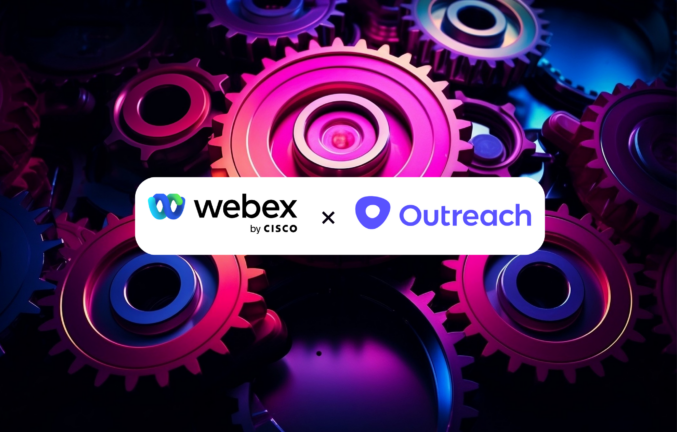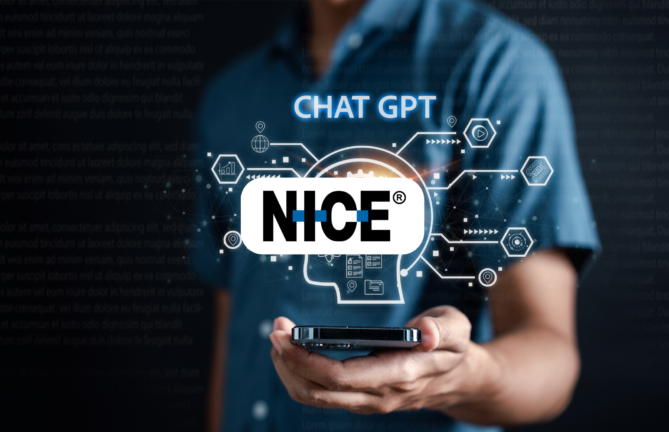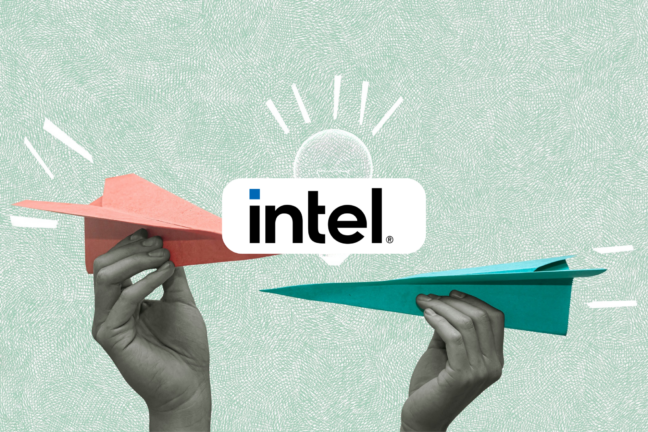Fifty-five of consumers who receive marketing messages (such as emails, mailers, and text messages) from restaurants are likely to either dine in or order from that restaurant within the following month.
Indeed, restaurant promotional marketing efforts yield results according to the findings of a recent consumer survey by HungerRush. Promo messages can increase the number of repeat orders, keep customers coming back for more, and increase overall customer engagement.
According to the survey, 93% of customers go to fast-casual restaurants at least once a month, with 32% dining out 4-6 times a month. The primary factor driving consumers to choose quick-service restaurants is the affordability of their menu items.
“Meanwhile, with more options available to consumers, it’s increasingly difficult for restaurants to capture customer attention and bring them back for more. The good news is restaurants can gain a significant advantage and see a positive impact on their bottom line through automated omni-channel marketing campaigns that drive repeat orders and improve brand loyalty by meeting consumers in their favorite channel, be it text, email, or direct mail,” said Olivier Thierry, CRO of HungerRush.

Consumers like marketing messages
Coupons and promotional messages are a tried-and-true method employed by many to attract new and loyal customers, and restaurant owners can take comfort in knowing that these moves are warmly welcomed. Most of the surveyed consumers were favorable toward receiving marketing messages from restaurants. Only 29% mentioned that they actively disregard or unsubscribe from such communications. Additionally, 32% of respondents shared that they receive as many as five marketing messages per week directly from restaurants, indicating a genuine interest in regularly hearing from multiple dining establishments.
Consumers respond promptly to marketing messages, such as coupons, promotions, or menu/seasonal updates, with most taking action within one week. Remarkably, 62% of consumers stated that they are 50% to 100% more inclined to dine at a restaurant within a week after receiving a promotional offer. This highlights the swift and tangible benefits for restaurant operators, demonstrating an immediate return on their investment in marketing efforts.
Right message, right time
Understanding which types of messages resonate with customers is crucial for the effective execution of a successful marketing campaign. HungerRush's findings reveal that 82% of consumers are most interested in staying informed about a restaurant's weekly or monthly menu updates, surpassing other factors like deals and promotions. Moreover, 43% of consumers are intrigued by news of new restaurant openings.
On the other hand, customers consider updates related to the restaurant's business operations and community involvement less important.
In all age groups surveyed, email marketing emerged as the preferred mode of communication, with 63% of respondents indicating that they save email messages. This was followed closely by mailers, which 61% of participants save, and text messages, which 55% keep. Regarding the type of message that leaves the greatest impact, email marketing messages are the top choice across all age demographics. Whether it's Boomers (60%), Gen X (67%), Millennials (64%), or Gen Z (60%), all of them stated that they save email coupons more frequently than physical mailers and text messages.
Marketing campaigns gather customer insight
Beyond encouraging customers to return and fostering brand loyalty, marketing messages give restaurant operators valuable data insights. The pandemic increased the use of third-party delivery apps, which, while convenient for consumers, can create a knowledge gap for restaurant operators seeking to understand their customer base better. Marketing campaigns can serve as a means to gather essential data points, such as the most effective topics to promote and the optimal timeframes for pushing promotional offers.
Approximately 34% of consumers highlight the convenience of a quick and hassle-free checkout process, facilitated by their saved payment details, as the primary reason for choosing third-party delivery apps.
In another survey published earlier this year, HungerRush revealed that customers believe the shortage of workers is causing a decline in customer satisfaction due to longer waiting times, errors in orders, and employees feeling overwhelmed.









